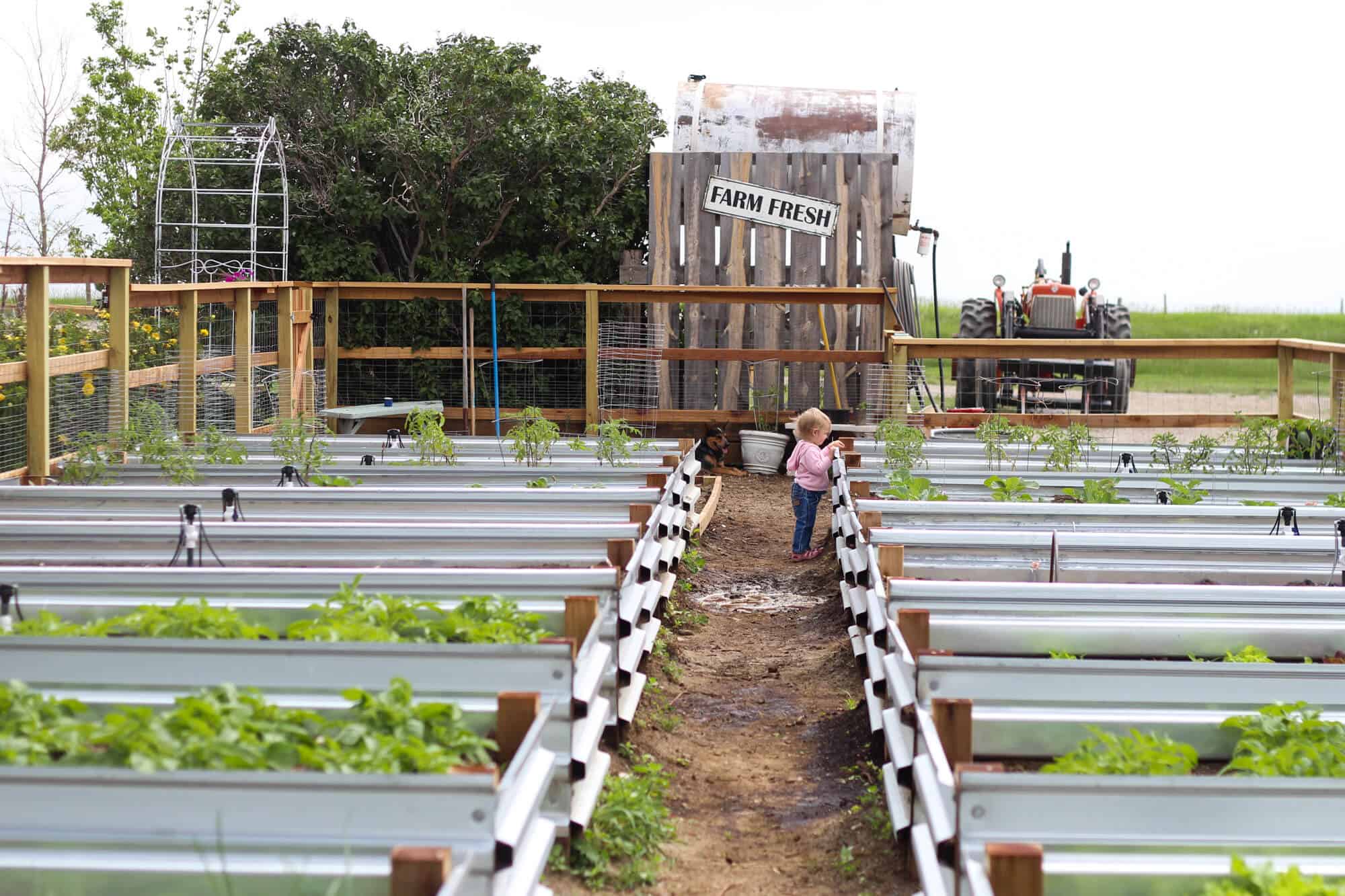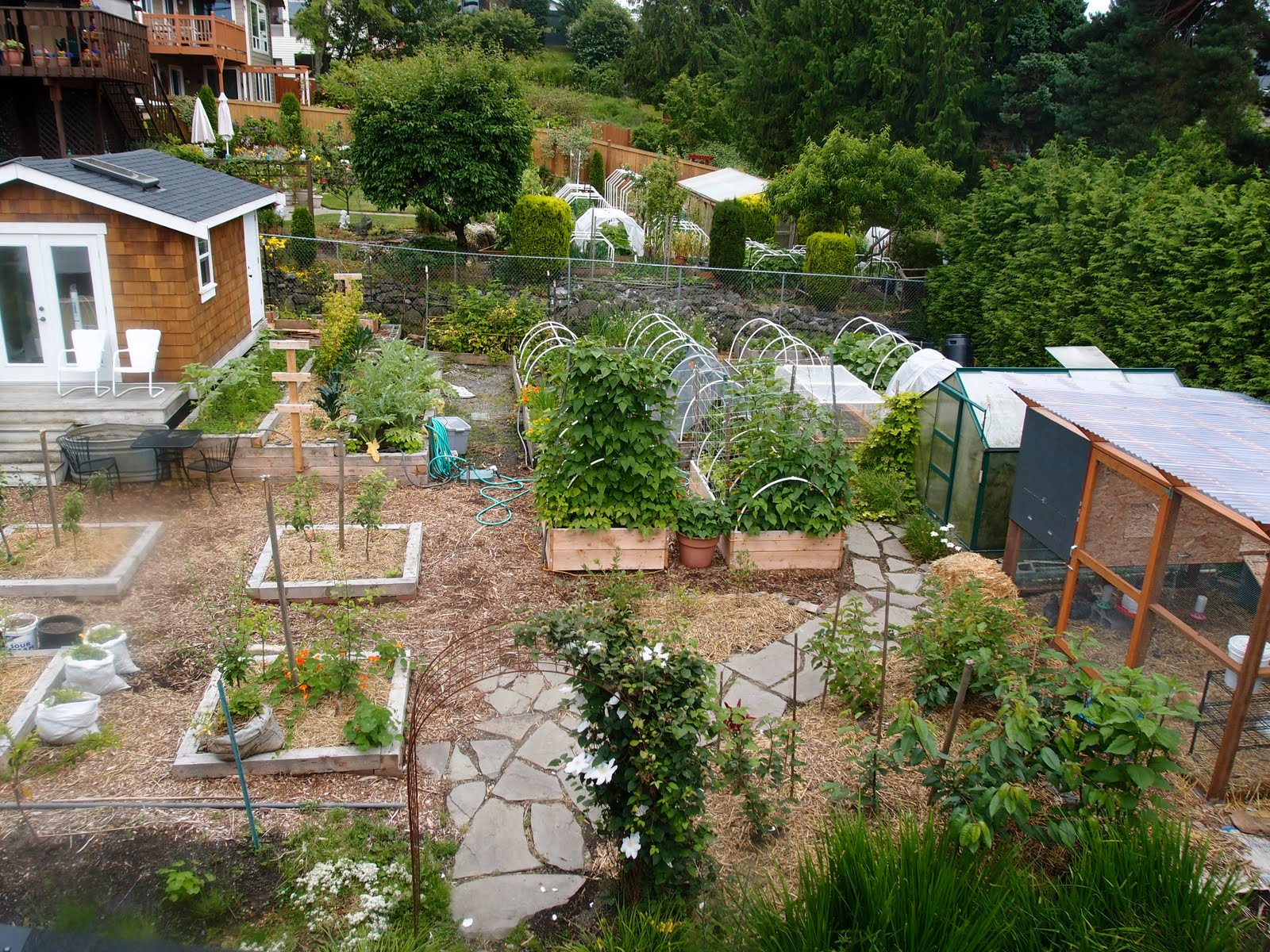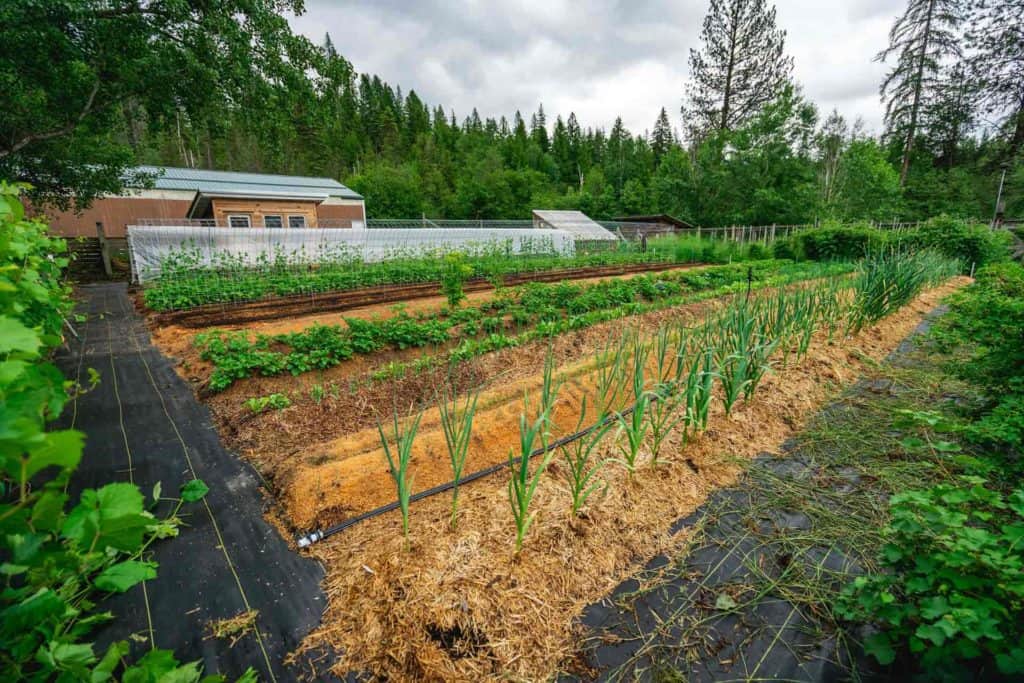Expert Tips for Flourishing Homestead Gardening Effort
Wiki Article
Uncover the Keys to Creating a Efficient and gorgeous Horticulture Space
Producing a effective and stunning gardening area is not just an issue of planting flowers and veggies; it calls for a tactical technique that includes different vital elements. From selecting the right area based on sunshine and soil type to thoughtfully designing your format and choosing suitable plants, each choice plays a crucial duty in the success of your garden.Selecting the Right Location
Choosing the ideal area for your yard is essential to its success and total visual charm. The very first step in this process involves assessing sunshine direct exposure, as many plants need at least 6 hours of direct sunlight daily (Homestead Gardening). A south-facing yard usually receives the most light, while shaded areas can hinder development and blooming
Additionally, take into consideration dirt quality and water drainage. Well-draining soil is important to prevent water logged origins, which can result in plant diseases. Performing a soil test can provide beneficial info pertaining to pH levels and nutrition content, allowing you to change the soil as necessary.
In addition, closeness to water resources is another element to consider - Homestead Gardening. Having very easy accessibility to a hose pipe or watering system can simplify the watering process and urge consistent plant treatment. Wind security is additionally important; placing your yard near frameworks, such as wall surfaces or fencings, can secure it from harsh winds that may damage fragile plants
Lastly, think about accessibility for upkeep and harvesting. A well-placed yard permits for convenient gain access to, making certain that you can easily tend to your plants without triggering excessive stress and anxiety or disturbance. Thoughtful location selection lays the foundation for a growing yard.
Selecting Plants Carefully
When picking plants for your yard, it's necessary to think about aspects such as environment, dirt problems, and individual preferences to guarantee a efficient and harmonious space. A comprehensive understanding of your neighborhood environment will direct you in choosing plants that prosper in your certain atmosphere. For instance, picking drought-resistant varieties is beneficial in deserts, while moisture-loving species might be much more suitable for areas with high rainfall.Dirt conditions are equally crucial; carrying out a soil examination can expose pH degrees and vitamins and mineral material, allowing you to pick plants that will grow. Native plants are often a superb option, as they are normally well-adapted to regional soil types and call for much less maintenance.
Show on your individual choices-- choosing plants that resonate with your aesthetic tastes will certainly improve your satisfaction and commitment to maintaining your garden. By thoroughly examining these factors, you can produce a diverse and successful plant choice that elevates your horticulture experience.
Designing Your Garden Design
With a thoughtfully chosen plant selection in hand, the following action is to produce a yard format that makes best use of both appeal and performance. Begin by examining the readily available area, considering factors such as wind, sunshine, and shade patterns. A tactical format should incorporate various areas, consisting of locations for growing, pathways, and potentially seating.Begin with larger plants or prime focus, such as trees or tall perennials, put tactically to create visual interest. Layer smaller plants in front to enhance depth and appearance. Think about the growth habits of your picked plants; taller selections must be placed at the back or center of beds, while shorter ones can line the sides.
Incorporating paths not only helps with access for maintenance but additionally welcomes exploration. Use materials that enhance the garden's overall visual, whether wood, stone, or crushed rock chips.
In addition, think regarding seasonal modifications and just how your format will certainly look throughout the year. Integrating evergreens alongside seasonal blossoms can make sure year-round appeal. Eventually, a well-designed yard layout harmonizes the all-natural beauty of plants with sensible considerations, causing an area that is both inviting and efficient.
Enhancing Dirt Health

To boost soil health and wellness, start by performing a soil examination to evaluate pH levels, nutrition web content, and dirt appearance. Integrate natural issue such as garden compost, well-rotted manure, or fallen leave mold to enhance dirt framework, water retention, and microbial activity.
Mulching is one more efficient method; it not just preserves moisture however likewise reduces weeds and slowly enhances the dirt as it damages down. Preventing extreme tillage is critical, as it can disrupt dirt framework and harm advantageous organisms. Rather, take on no-till or marginal tillage practices to maintain dirt honesty.

Preserving Your Yard Effectively
A well-maintained garden gives satisfaction and performance, requiring consistent attention to ensure that plants grow and the landscape remains welcoming. Efficient garden maintenance involves several vital techniques learn the facts here now that improve the this website health and wellness of your plants and the general aesthetic of your space.Normal watering is critical; nonetheless, it is essential to customize your watering routine based on the details needs of your plants and neighborhood environment conditions. Mulching can aid maintain dampness, subdue weeds, and control soil temperature. Timely weeding prevents competition for sources and nutrients, guaranteeing that your plants prosper.
Pruning is an additional vital task. It motivates healthy and balanced development, removes dead or infected branches, and forms plants to keep an attractive framework. Furthermore, keeping track of for pests and conditions is crucial; early discovery and intervention can save your plants from considerable damages.
Fertilization needs to be implemented thoughtfully, utilizing natural options whenever feasible to advertise long-lasting dirt health. Finally, seasonal jobs such as planting, splitting perennials, and preparing for wintertime will guarantee your yard remains lively year-round. By complying with these methods faithfully, you can cultivate a garden that is both productive and gorgeous.
Conclusion
Picking a proper place with adequate sunshine, selecting appropriate plants, creating a visually pleasing layout, improving dirt health and wellness, and making sure regular upkeep are essential components. By incorporating these methods, one can cultivate a growing yard that not just improves the landscape but additionally promotes environmental equilibrium and sustainability.From choosing the right area based on sunshine and soil type to thoughtfully creating your layout and picking ideal plants, each choice plays a critical duty in the success of your garden. Well-draining dirt is crucial to protect against water logged roots, which can lead to plant illness.When choosing plants for your yard, it's necessary to think about variables such as climate, dirt problems, and personal choices to guarantee a unified and efficient room. Eventually, a properly designed garden design harmonizes the natural elegance of plants with useful factors to consider, resulting in an area that is both inviting and efficient.

Report this wiki page